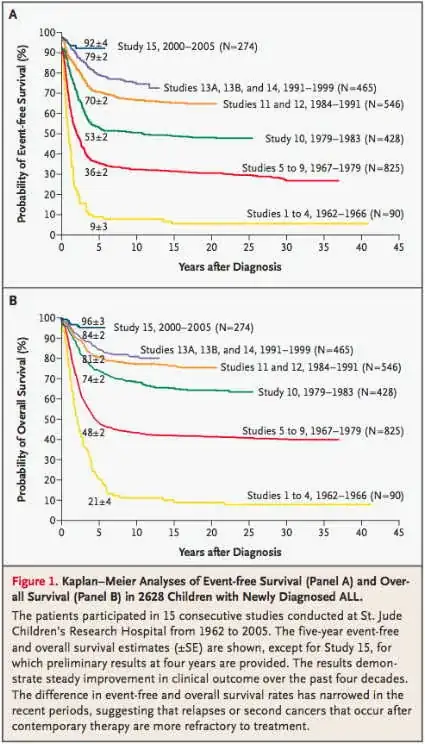Related: Have any “cures” been invented since the 1950's or so?
I ran across the movie Cut Poison Burn, who's abstract is as follows:
Cut Poison Burn is a controversial, eye opening, and sometimes heartbreaking documentary that puts the business of cancer treatment under the microscope. Follow the frustrating journeys of critically ill cancer patients as they try to navigate the confusing and dangerous maze of treatment and encounter formidable obstacles in the “cancer industrial complex.” A compelling critique of the influence of medical monopolies, the power of pharmaceutical companies and government agencies, Cut Poison Burn is essential viewing for anyone and everyone touched by cancer.
The movie may advocate (haven't watched the whole thing) some kind of new, pennies-per-session treatment a la Burzynski, or at least Dr. Mercola is using it to do so.
There are a myriad of claims in the movie, I'm sure (I only watched the first 10min), but I'd like to address one in particular that struck me (occurs starting at the 7min mark). It is made by Charles B. Simone, M.MS, M.D., founder of the Simone Protective Cancer Center (transcripted by me; may contain small errors):
From 1920 to the present time, we have made little or no progress in the treatment of adult cancers. So a person who gets prostate cancer or breast cancer today will live as long as a person who got it in 1920. No big change. With all the radiation therapy that began in the 10's and 20's, combination chemotherapy in the 60's, immunotherapy that began in the 70's, PET scans, MRI scans, you name it, billions and billions and billions of research dollar that we've thrown into this whole area of cancer research and treatment... little or no significant progress in the treatment of adult cancers.
Is this the case? Has no treatment since 1920 done anything to increase the chance of [long-term] survival of adults who have cancer?
